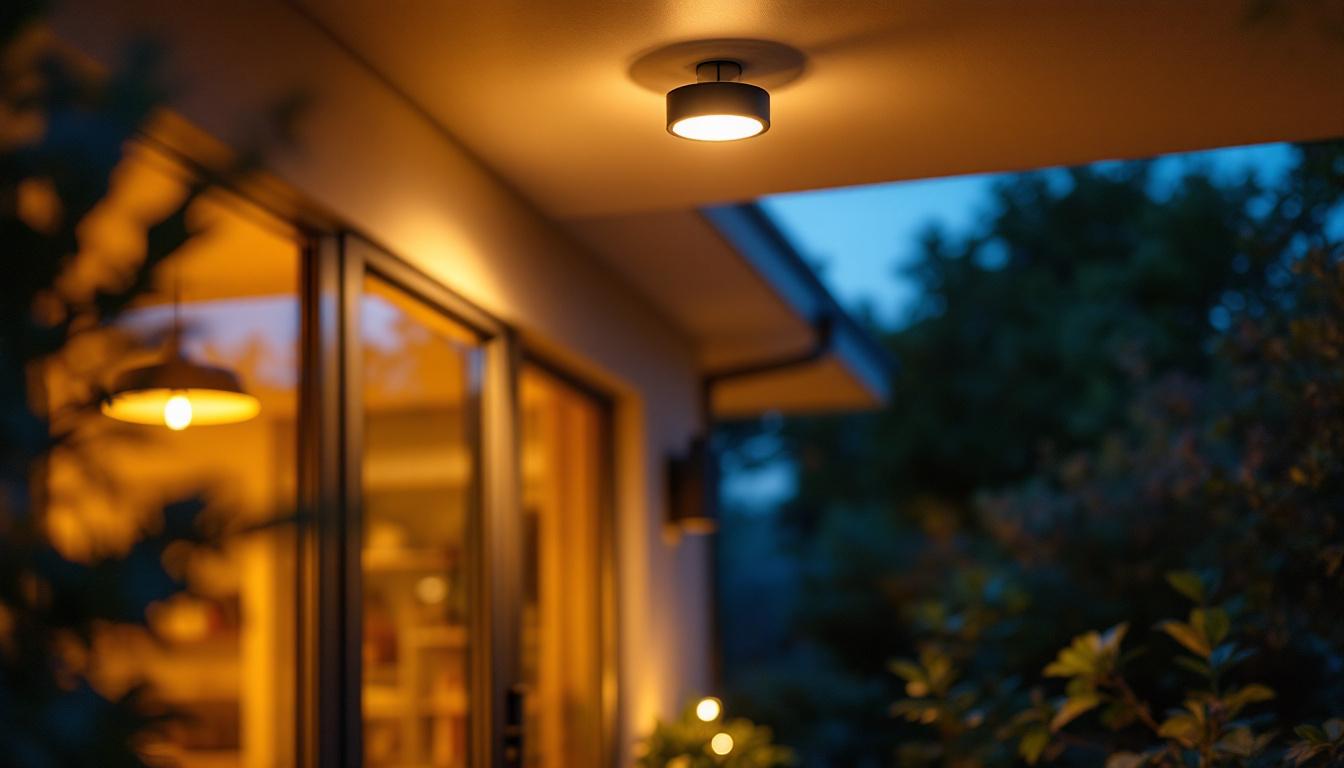
In the ever-evolving world of lighting design, ceiling-mounted LED lights have emerged as a popular choice for both residential and commercial spaces. Their energy efficiency, longevity, and versatility make them an appealing option for contractors looking to meet the diverse needs of their clients. However, the installation and selection of these fixtures require careful consideration. This article outlines the essential do’s and don’ts for lighting contractors to ensure successful projects and satisfied customers.
Before delving into the specifics of installation and selection, it is crucial to understand what ceiling-mounted LED lights are and how they differ from traditional lighting options. These fixtures are designed to be mounted directly onto the ceiling, providing a clean and modern aesthetic while delivering effective illumination. Unlike incandescent bulbs, which can cast a warm but often uneven light, LED lights offer a more uniform distribution, enhancing the overall ambiance of a room. This makes them not only a practical choice but also a stylish one, fitting seamlessly into various interior designs.
There are several types of ceiling-mounted LED lights, each with unique characteristics and applications. Common types include:
LED technology has revolutionized the lighting industry. Some of the key benefits include:
In addition to these benefits, LED lights also offer versatility in color temperature, allowing users to choose from warm whites that create a cozy atmosphere to cool whites that enhance focus and productivity. This adaptability makes them suitable for various environments, from residential spaces to offices and retail settings. Furthermore, many LED fixtures now come with smart technology capabilities, enabling users to control brightness and color remotely, adding another layer of convenience and customization.
To ensure a successful installation of ceiling-mounted LED lights, contractors should adhere to several best practices. These do’s encompass everything from planning and selection to installation techniques.
Before any installation, it is essential to assess the space where the ceiling-mounted lights will be installed. Consider the following factors:
The color temperature of LED lights can significantly affect the ambiance of a space. It is essential to select the appropriate color temperature based on the intended use of the room:
Proper installation is vital for the performance and safety of ceiling-mounted LED lights. Contractors should follow these guidelines:
While there are many best practices to follow, there are also common pitfalls that contractors should avoid when installing ceiling-mounted LED lights. Understanding these don’ts can help prevent issues down the line.
Compliance with local building codes and regulations is non-negotiable. Failing to adhere to these guidelines can result in safety hazards and legal repercussions. Contractors should:
Choosing high-quality LED fixtures is essential for long-term performance and customer satisfaction. Avoid the temptation to select cheaper options that may compromise quality. Consider the following:
Lighting design plays a crucial role in the effectiveness of ceiling-mounted LED lights. Contractors should avoid haphazard placements that lead to uneven lighting or harsh shadows. Instead, consider:
Even experienced lighting contractors can make mistakes during the installation of ceiling-mounted LED lights. Here are some common errors to watch out for:
Dimming capabilities can enhance the functionality of LED lights, allowing for adjustable brightness based on the time of day or activity. Failing to incorporate dimmers can limit the versatility of the lighting design. Contractors should:
One of the most critical aspects of electrical work is ensuring that circuits are not overloaded. Overloading can lead to tripped breakers and potential fire hazards. To avoid this:
While LED lights are known for their longevity, proper maintenance is still essential to ensure optimal performance. Contractors should advise clients on maintenance practices, including:
The lighting industry is constantly evolving, with new technologies and design trends emerging regularly. Staying informed about these trends can help contractors offer cutting-edge solutions to their clients.
Smart lighting technology is becoming increasingly popular, allowing users to control their lighting through smartphones or voice-activated devices. Contractors should consider:
As energy efficiency becomes a priority for many consumers, advancements in LED technology will continue to emerge. Contractors should stay updated on:
With a growing emphasis on sustainability, contractors should consider the environmental impact of their lighting choices. This includes:
Ceiling-mounted LED lights offer a wealth of benefits for both contractors and clients. By adhering to the do’s and don’ts outlined in this article, lighting contractors can ensure successful installations that meet the needs and expectations of their clients. From understanding the types of fixtures available to avoiding common pitfalls, a thoughtful approach to ceiling-mounted LED lighting can lead to satisfied customers and successful projects.
As the lighting industry continues to evolve, staying informed about new technologies and trends will further enhance the value contractors provide. By prioritizing quality, compliance, and design, lighting contractors can thrive in this competitive market and deliver exceptional results.
Ready to elevate your lighting installations with the best in LED technology? Look no further than LumenWholesale, where we specialize in providing contractors with high-quality, spec-grade lighting solutions at wholesale prices that simply can’t be beaten. Our commitment to quality and affordability means you can deliver exceptional results to your clients while maximizing your profits. Say goodbye to middleman markups and hello to a vast selection of industry-standard lighting products, all with the convenience of free shipping on bulk orders. Don’t compromise on quality or value—choose LumenWholesale for your next project. Wholesale Lighting at the Best Value is just a click away.

Discover why CMH grow lights are essential for thriving indoor gardens and lighting projects.

Discover essential facts about outdoor ceiling motion lights, including benefits, installation tips, and safety insights. Enhance your outdoor space—read now!.

Discover why LED lighting is a game-changer for garage installations.

Discover essential tips and best practices for lighting contractors looking to integrate smart wall switches into their projects.